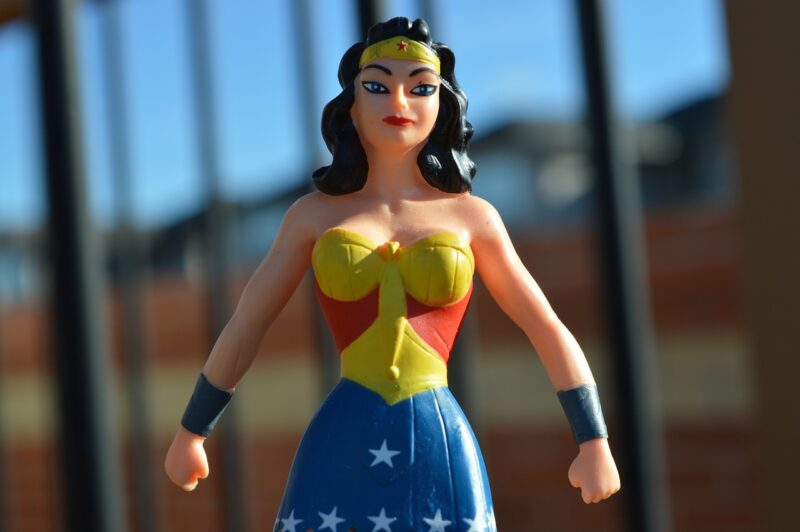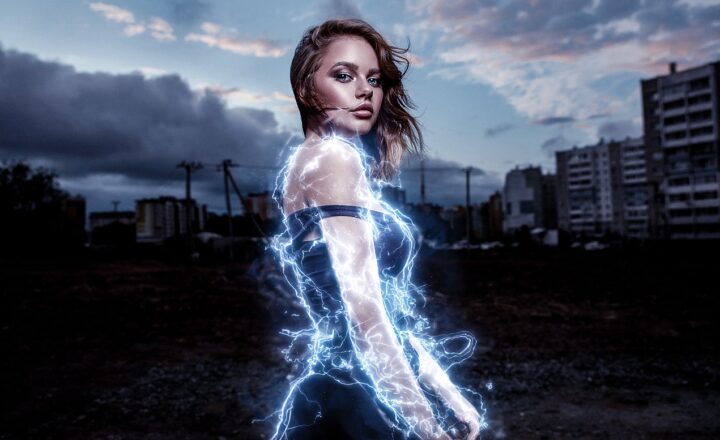How Wonder Woman Became a Symbol of Empowerment and Equality
November 10, 2024

Wonder Woman, a character created by William Moulton Marston and first appearing in All Star Comics #8 in December 1941, has evolved from a comic book figure into one of the most recognizable and powerful symbols of female empowerment and equality in contemporary culture. With her iconic costume, divine origins, and immutable principles of justice and equality, she has fought not only villains on the battlefield but also social stereotypes and the role of women in society. This article delves deep into how Wonder Woman became a symbol of empowerment and equality, her historical context, her evolution in society, and her ongoing legacy.
1. The Birth of an Icon
The origin of Wonder Woman can be traced back to the feminist movements of the 1920s and 30s. William Moulton Marston, a psychologist with a strong belief in feminism, created her character as a reaction to the restricted role of women in a male-dominated society. Marston believed in the potential of women to lead and make significant contributions to society. The character’s Amazonian heritage exemplified the empowerment of women and emphasized values such as compassion, justice, and equality.
Wonder Woman’s debut came at a time when women were gaining more rights including the right to vote. The character’s strength and courage encouraged women to break free from traditional roles and pursue independence, both socially and politically.
2. The Symbolic Costume
The costume of Wonder Woman is symbolic of her character’s values and message. With her iconic tiara, bulletproof bracelets, and Lasso of Truth, her attire represents strength and resilience. The colors red, blue, and gold are reminiscent of the American flag, reinforcing her role not only as a hero but as an embodiment of justice and freedom. While the costume may have drawn criticism over the years for being sexualized, it has also been embraced as a bold statement of empowerment, uniquely blending femininity with strength.
Moreover, her Lasso of Truth, which forces anyone ensnared by it to tell the truth, reinforces the values of honesty and transparency—principles essential to any equality-seeking movement. This combination of attributes makes Wonder Woman not just a hero in a fictional universe, but a role model for women in the real world.
3. Social Changes and Wonder Woman’s Role
Throughout the 1940s and 50s, Wonder Woman became a national icon during World War II, serving as a symbol of female strength amidst a male-dominated war effort. She represented the millions of women entering the workforce—working in factories and serving in the military—in support of the war. By showcasing her as a warrior, the comics challenged traditional gender roles and inspired many women to take active roles in society.
Additionally, in the 1970s during the second wave of feminism, Wonder Woman was relaunched alongside the feminist movement, embodying the struggles women faced during a time when they were demanding equal pay, reproductive rights, and the dismantling of patriarchy. In many ways, she served as a reflection of the societal changes unfolding in real time, adapting to new ideals and values while remaining a constant emblem of strength and determination.
4. Media Adaptations and Cultural Impact
Wonder Woman’s cultural significance surged with various adaptations in television and film. The 1975 television series, starring Lynda Carter, became a phenomenon. It introduced a broader audience to her message of empowerment. The portrayal resonated with many viewers, particularly women, who saw themselves reflected in her struggles and triumphs. The series emphasized her capability, grace, and compassion—qualities that extended beyond traditional superhero bravado.
In 2017, the release of Patty Jenkins’ Wonder Woman feature film propelled her message even further. The film reframed the narrative around female superheroes, breaking box office records and receiving critical acclaim. The representation of female warriors fighting for justice on screen was historic, generating discussions around gender equality and inspiring a new generation of viewers. The film depicted Wonder Woman not only as a warrior but as a compassionate leader, reinforcing her role as an advocate for peace and justice.
5. The Ongoing Legacy of Wonder Woman
The legacy of Wonder Woman extends beyond comic books and films; she has become an influential figure in philanthropy and activism. Numerous initiatives have emerged under her name, advocating for women’s rights, courage, and empowerment across the globe. Most notably, the Wonder Woman Foundation was established to champion causes anchored in equality and justice.
Today, Wonder Woman stands at the forefront of cultural discussions about gender equality and diversity. She inspires waves of female artists, writers, and creators to build narratives that challenge the status quo and promote representation in media. In a world increasingly characterized by movements for equality, she remains a guiding figure, transcending the fictional universe.
Conclusion
Wonder Woman’s journey from a comic book character to a global symbol of empowerment and equality is a testament to the transformational power of storytelling. Her enduring legacy not only illustrates a character designed to entertain but compels societal change, promoting ideals of justice, integrity, and equality. As the world continues to evolve, Wonder Woman will undoubtedly remain a beacon of inspiration, pushing forward the boundaries for future generations of women and men alike. In her, we find the courage to fight for what’s right and strive for equality in every aspect of life.








